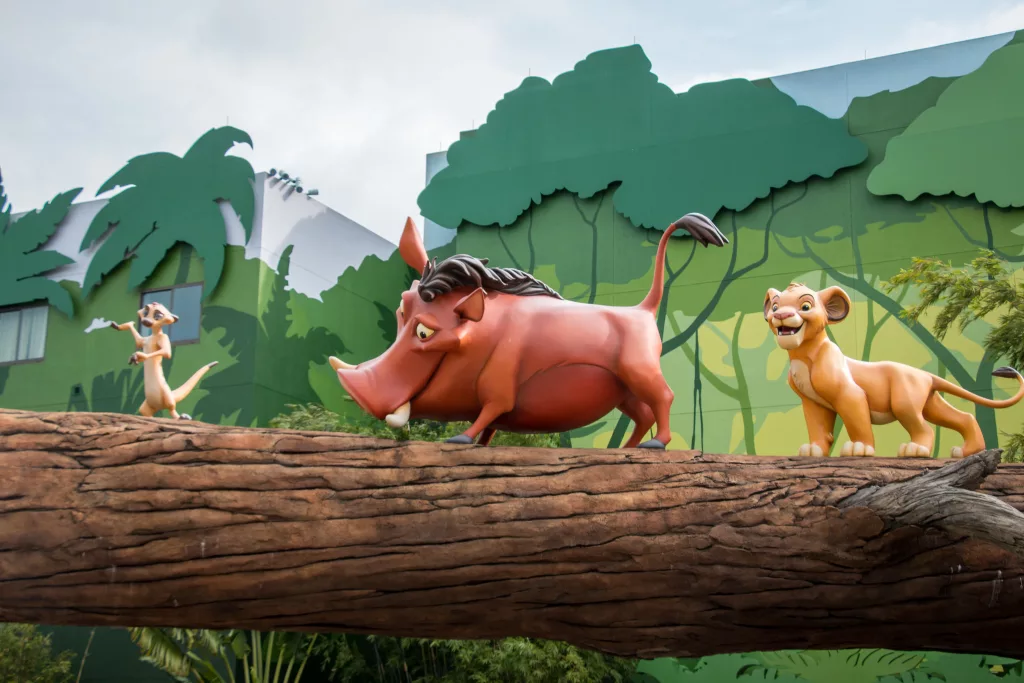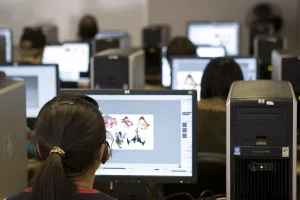Is Animation Dying? Examining the State of the Industry

Animation has been a staple in the entertainment industry for decades. From classic Disney movies to modern-day video games, animation has captivated audiences of all ages. However, with the rise of 3D animation and the increasing demand for content, many are questioning whether traditional 2D animation is dying.
Some argue that the animation industry as a whole is falling apart, citing issues such as overwork and stress. Others believe that 2D animation specifically is becoming obsolete, as major corporations like Disney have shifted their focus to 3D animation. Despite these concerns, there are still many who believe that 2D animation has a place in the industry and will continue to thrive.
So, is animation dying? The answer is not a simple yes or no. While there are certainly challenges facing the industry, there are also many opportunities for growth and innovation. In the following article, we will explore the current state of animation and examine the factors that are shaping its future.
Current State of Animation
Industry Growth
The animation industry has been growing steadily in recent years. According to Statista, the global animation market increased by five percent in 2021, reaching over 372 billion U.S. dollars. This growth is expected to continue, with a forecasted increase of almost 60 percent within the next nine years.
One factor contributing to this growth is the increasing demand for animated content in various media, including movies, TV shows, and video games. Additionally, the rise of streaming platforms has created new opportunities for animators to showcase their work and reach wider audiences.
Technological Advancements
Advancements in technology have also played a significant role in the growth of the animation industry. The use of computer-generated imagery (CGI) has become increasingly common, allowing animators to create more complex and realistic animations.
Furthermore, new software and tools have made it easier and more efficient for animators to create their work. For example, Adobe Animate and Toon Boom Harmony are popular software programs used by many animators.
Animation in Media
Animation has become a crucial part of the media landscape, with animated content appearing in various formats. Animated movies and TV shows continue to be popular among audiences of all ages, with franchises like Disney and Pixar leading the way.
In addition to traditional media, animation has also become prevalent in video games. Many video games now feature animated cutscenes and characters, with some games even using animation as a primary gameplay mechanic.
Overall, the animation industry is currently in a strong position, with steady growth and increasing demand for animated content. Technological advancements and the rise of streaming platforms have created new opportunities for animators to showcase their work and reach wider audiences.
Challenges in Animation
The animation industry has been facing numerous challenges in recent years. This section will explore some of the most significant challenges in animation, including competition, market saturation, and budget constraints.
Competition
One of the biggest challenges facing the animation industry is competition. With the rise of online animation courses and software, anyone can learn animation and create their own content. This has led to an influx of animators in the industry, making it more challenging to stand out and secure work.
Market Saturation
Another challenge facing the animation industry is market saturation. The animation market has become oversaturated with content, making it more difficult for new shows and movies to gain recognition. Additionally, with the rise of streaming services, viewers have more options than ever before, making it harder for new content to break through and gain a following.
Budget Constraints
Budget constraints are another significant challenge for the animation industry. Animation is a time-consuming and expensive process, and studios often struggle to secure funding for their projects. As a result, many studios are forced to cut corners and produce lower-quality content, which can negatively impact the industry as a whole.
In conclusion, the animation industry faces several significant challenges, including competition, market saturation, and budget constraints. Animators and studios must find ways to overcome these challenges to produce high-quality content that resonates with audiences and stands out in a crowded market.
Future of Animation
The animation industry has been evolving rapidly in recent years with the emergence of new technologies and platforms. While some may argue that the industry is dying, there are still many opportunities for growth and innovation. In this section, we will explore some of the emerging trends and innovations in the animation industry.
Emerging Trends
One of the most significant emerging trends in the animation industry is the use of virtual reality and augmented reality. With the increasing popularity of VR and AR devices, there is a growing demand for animated content that can be viewed in these formats. This has opened up new opportunities for animators to create immersive experiences that can transport viewers to new worlds.
Another emerging trend is the use of artificial intelligence (AI) in animation. AI can be used to automate many of the time-consuming tasks involved in animation, such as rendering and compositing. This can help animators to work more efficiently and focus on the creative aspects of their work.
Innovation in Animation
Innovation is also driving the animation industry forward. One area of innovation is in the use of new animation techniques. For example, stop-motion animation is making a comeback, with animators using new technologies to create stunning visuals. Additionally, the use of 3D printing is allowing animators to create physical models of their characters and sets, which can then be scanned and animated digitally.
Another area of innovation is in the use of new platforms for distribution. With the rise of streaming services like Netflix and Amazon Prime, there is a growing demand for animated content that can be viewed online. This has opened up new opportunities for animators to create content that can be distributed directly to viewers.
In conclusion, the animation industry is far from dying. Instead, it is evolving and adapting to new technologies and platforms. By embracing emerging trends and innovations, animators can continue to create engaging and immersive content that captivates audiences around the world.
Conclusion
The animation industry is constantly evolving, and it is difficult to predict its future. While some argue that 2D animation is dying due to the rise of 3D animation, others believe that it is still a relevant and important art form.
Disney’s 2009 short film “Paperman” demonstrated that 2D and CGI can be combined to create a visually stunning and unique animation style. Additionally, 2D animation is still present in various areas, including television shows, web series, and future films.
However, the popularity of 3D animation cannot be denied. It allows for more realistic and detailed animation, and assets can be reused more easily. This has led to many large corporations, such as Disney, shifting their focus towards 3D animation.
Overall, it is clear that both 2D and 3D animation have their strengths and weaknesses. While 2D animation may not be as popular as it once was, it is still a viable option for many artists and creators. The future of animation may involve a combination of both styles, as seen in “Paperman,” or it may lean more heavily towards 3D animation. Only time will tell.








